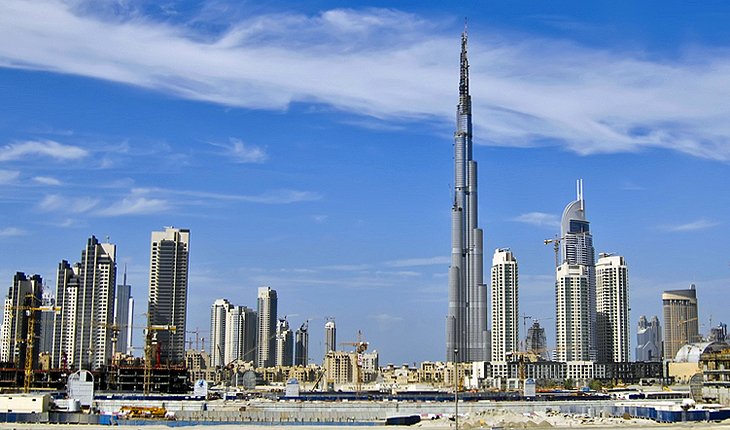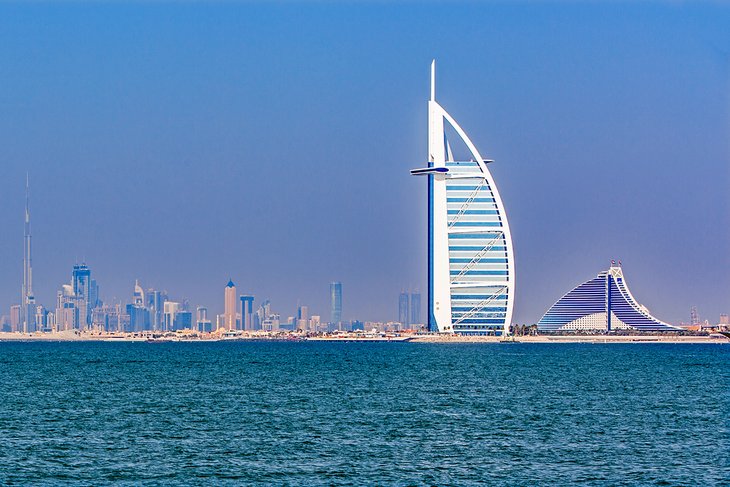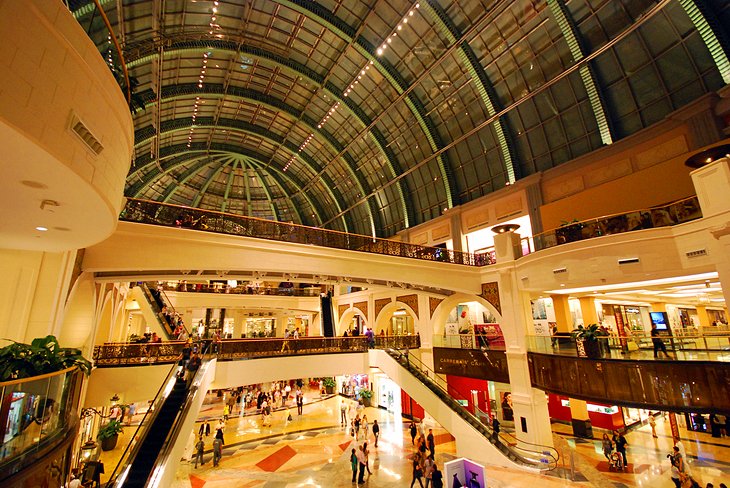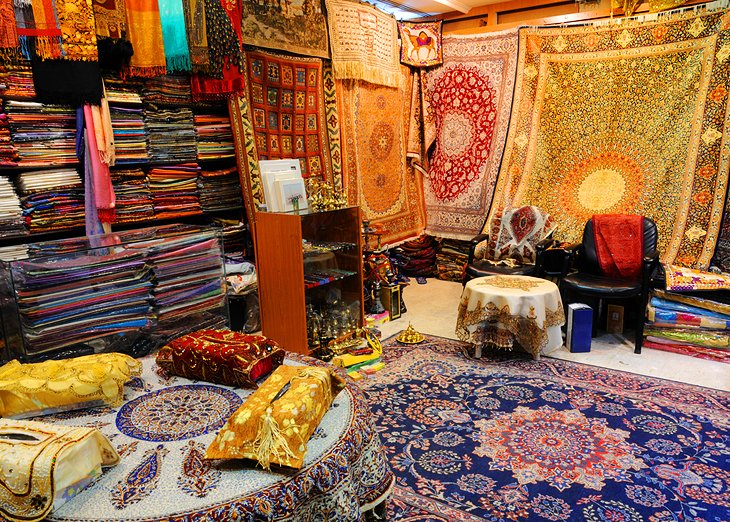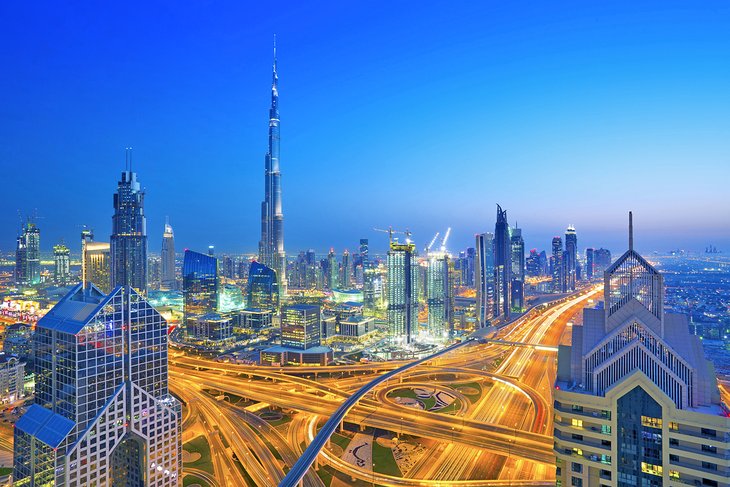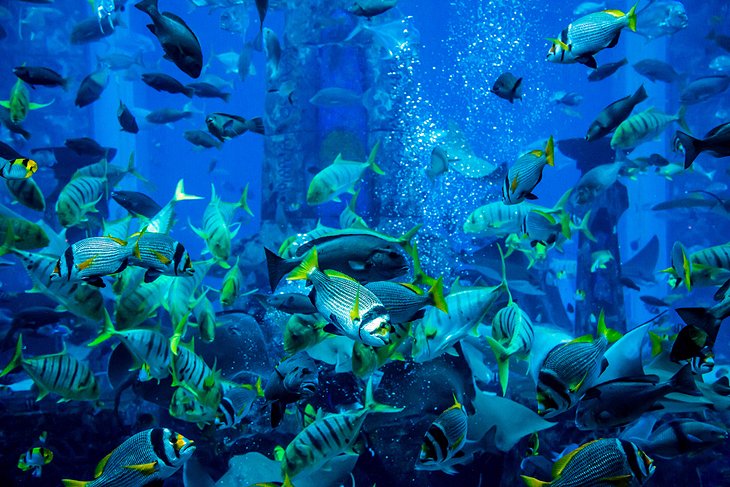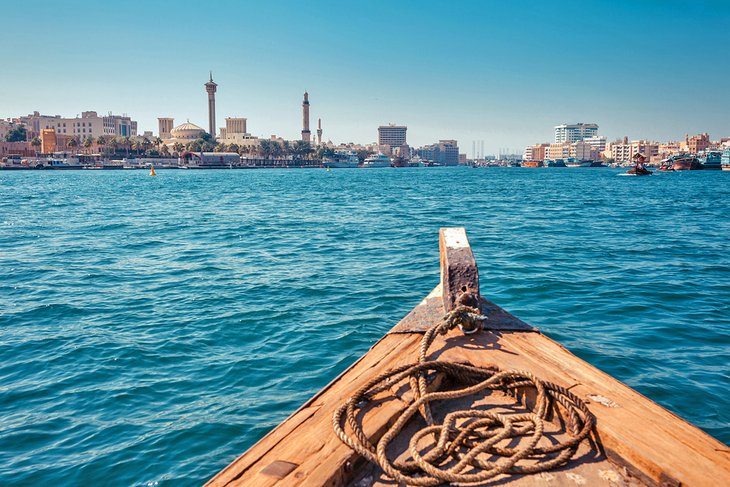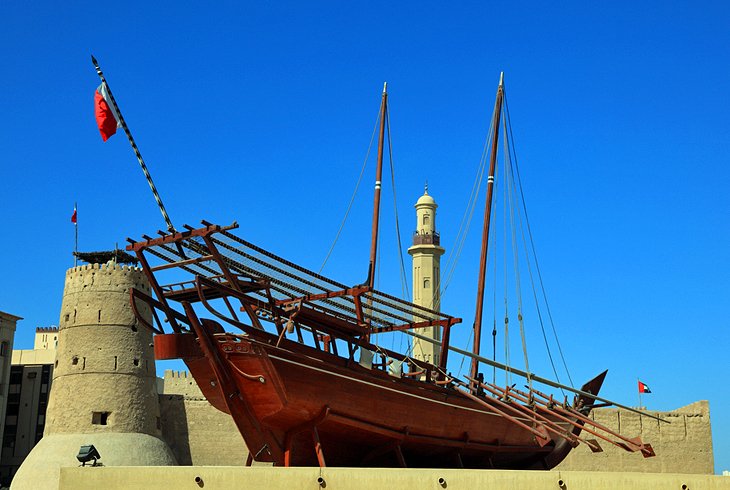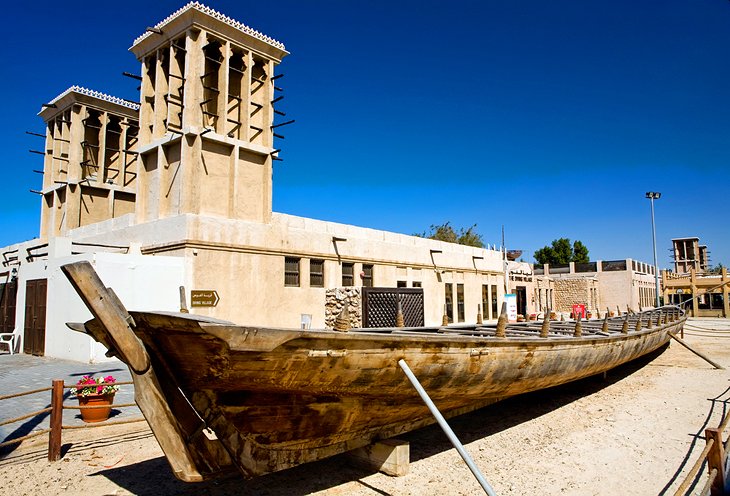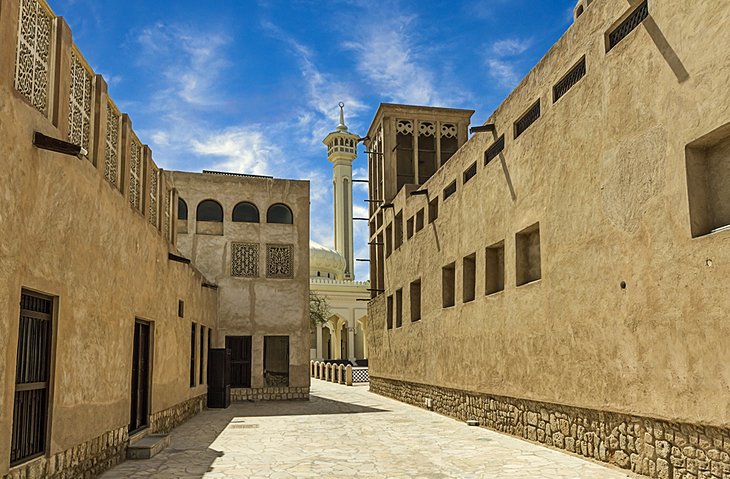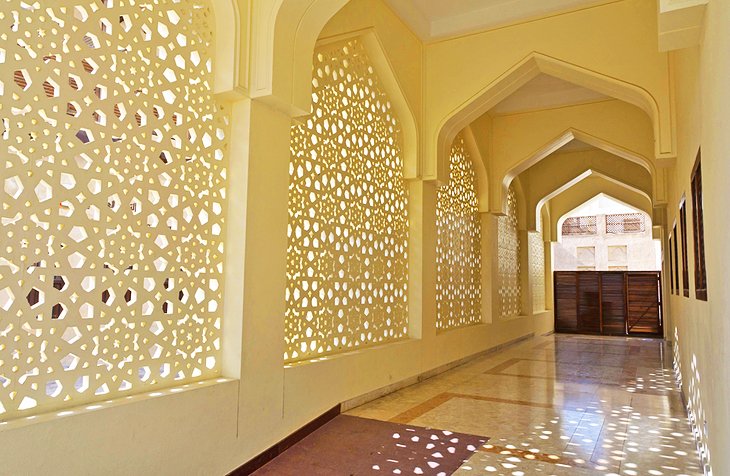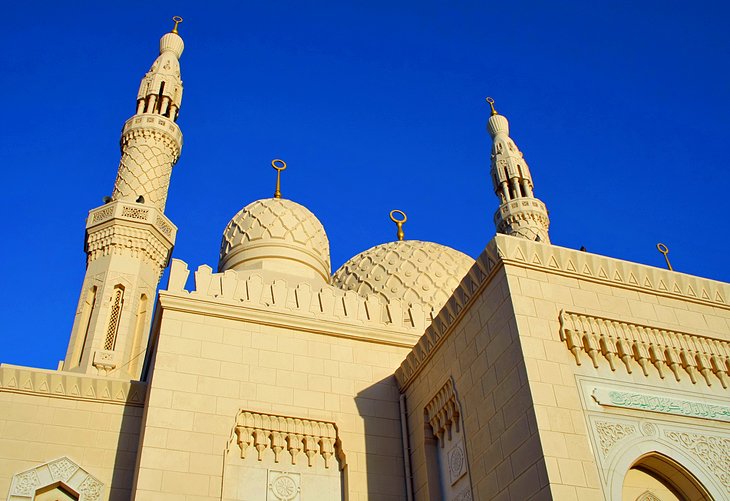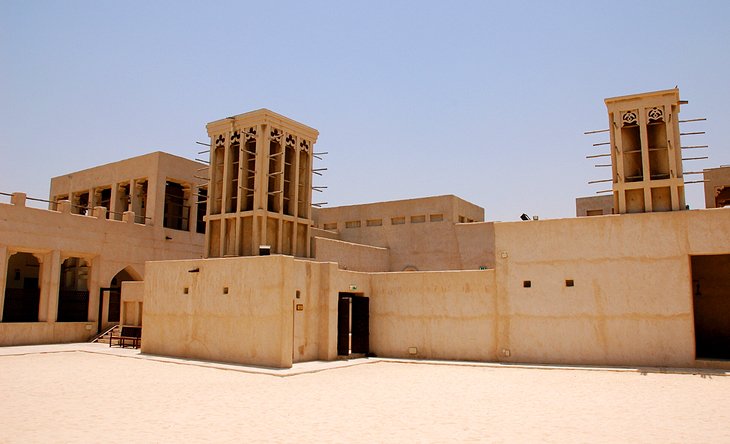Some of the best things to do in Dubai
[rev_slider Dubai]
Burj Khalifa

Hours: Daily 8:30am-1am.Admission: Observation Deck Entry: Adults 125AED (immediate entry 400AED), children 4-12 95AED, children under 4 free. Location: Entry from Dubai Mall, Sheikh Zayed Road, Downtown. Official site: http://www.burjkhalifa.ae/en/
Dubai has the glitziest, the widest, the deepest… and Burj Khalifa – the world’s tallest building. Dubai’s landmark building is the Burj Khalifa, which at 829.8 m is the tallest building in the world. Check out the exhibit on the building’s history, then take the fastest lift in the world to the observation deck on the 124th floor. Hold on to your hat – it only takes a few seconds. It is not for the faint-hearted but is well worth it, as the views will blow your mind. The views across the city skyline from this bird’s-eye perspective are simply staggering. The slick observation deck experience includes a multi-media presentation on both Dubai and the building of the Burj Khalifa (completed in 2010) before a high-speed elevator whizzes you up to the observation deck for those 360-degree views out across the skyscrapers to the desert on one side and the ocean on the other. Night-time visits are particularly popular with photographers due to Dubai’s famous city-lights panoramas.
Back on the ground, wrapping around the Burj Khalifa, are the building’s beautifully designed gardens with winding walkways. There are plenty of water features including the Dubai Fountain, the world’s tallest performing fountain, modelled on Las Vegas’ famous Fountains of Bellagio. Book tickets online in advance and go at sunset, which is my favourite time as you get to see both day and night from the top.
Burj Al Arab
Dubai Mall
Mall of the Emirates
Mall of the Emirates is one of the city’s most famous malls with the spectacular (and surreal) Ski Dubai facility inside. The indoor ski slope is complete with chairlifts and a penguin enclosure, all at a continuous temperature of -4 degrees Celsius. There’s also a cinema complex and a family entertainment centre with a whole host of rides aimed at both the big and small. The shopping opportunities are boundless as are the eating options, offering every conceivable world cuisine.
Ski Dubai – Mall of the Emirates
Deira Souks
The Deira Spice Souq sells every imaginable spice with stalls overflowing with bags of frankincense, cumin, paprika, saffron, sumac and thyme as well as the fragrant oud wood, rose water and incense. The market was established in the 1830s and features restored wooden archways and wind-towers. For a much less touristy experience, head to the fish market where you’ll find loads of local action.
The Gold Souk

Dubai. The name has almost become shorthand for a certain type of lifestyle: an oasis of top-notch hotels, world-renowned restaurants and frankly bizarre attractions, all in the middle of the desert. Not a city to rest on its laurels, the Emirati powerhouse is constantly thrusting forwards and there is always something new to see. So, where to start? Here is our guide …
Dubai is known for really cheap gold — but you’ll have to haggle for it. Whether or not you’re ready to buy, a stroll through the dazzling Gold Souk is a must. The stores also offer platinum, diamonds and occasionally silver, and the government keeps tight control over the quality of all the merchandise, so rest assured that your purchases will be genuine. (The same cannot be said, however, of the street vendors outside hawking “genuine fake” watches and “Guuci” handbags.) If something in the window catches your fancy, be sure to barter — persistent protest capped with a walkaway will get merchants to drop their asking price by as much as half.
Less atmospheric, but even cheaper, is the Gold & Diamond Park, where you can find unique designs or get jewelers to recreate pieces for you at a fraction of the cost of the original.
Jumeirah Beach Residence Walk and Dubai Marina
Sheikh Zayed Road
Sheikh Zayed Road is the main thoroughfare running through Dubai’s modern downtown business district. This wide, eight-lane highway is rimmed with towering glass, chrome and steel highrises along its length. Main attractions are along, or just off, the strip between the roundabout and the first intersection. The Courtyard Gallery (6A Street) has an excellent permanent collection focused on contemporary art from Arab artists. Dubai World Trade Tower(Sheikh Zayed Road) has an observation deck on its top floor that offers visitors panoramic views.
The Gold and Diamond Park and Museum (Sheikh Zayed Road) is a one-stop shop for jewellery lovers with 118 manufacturers and 30 retailers all under one roof. The complex’s museum presents the history of Arabic jewellery production and also offers short tours of the manufacturing plant.
Dubai fountains
Friday 1.30pm and 2pm; 6- 11pm every 30 minutes
Dubai Aquarium
Hours: Mon-Fri 10am-10pm, Sat-Sun 10am-midnight. Admission: Adults 70AED, Children 55AED.
Location: Dubai Mall, Sheikh Zayed Road. Official site: http://www.thedubaiaquarium.com
One of the city’s top tourist attractions, the Dubai Aquarium houses 140 species of sea life in the huge suspended tank on the ground floor of the Dubai Mall. As well as free viewing from the mall, if you enter the Underwater Zoo you can walk through the aquarium tunnels.
There are a myriad of activities where you can get a closer look at the sea life. Glass bottom boat tours (on top of the tank) are particularly popular. Cage snorkeling and shark diving activities are also on offer.
Desert Safari
Ravi
Dubai Creek
To travel across the creek you can either take a trip on one of the many dhows that have been restored as tourist cruise boats or take an abra (small wooden ferry) between the ferry points on the creek’s Bur Dubai and Deira banks.
The Sheikh Mohammed Centre for Cultural Understanding
Dubai Museum
The courtyard is home to several traditional boats and a palm-leaf house with an Emirati wind-tower. The right-hand hall features weaponry and the left-hand hall showcases Emirati musical instruments. Below the ground floor are display halls with exhibits and dioramas covering various aspects of traditional Emirati lifestyle (including pearl fishing and Bedouin desert life) as well as artifacts from the 3,000-4,000 year old graves at Al Qusais archaeological site.
Heritage and Diving Village
Bastakia (Old Dubai)
Lined with distinct Arabian architecture, narrow lanes are highly evocative of a bygone, and much slower, age in Dubai’s history. Inside the district you’ll find the Majlis Gallery with its collection of traditional Arab ceramics and furniture (housed in a wind-tower) and the XVA Gallery with a contemporary art collection (located in one of the historic buildings).
Bastakia Mosque
Jumeirah Mosque
Dubai’s public parks
Sheikh Saeed Al-Maktoum House
Inside are the exhibits of the Dubai Museum of Historical Photographs and Documents with many wonderful old photographs of Dubai from the period between 1948 and 1953. The marine wing of the museum has photos of fishing, pearling and boat building. Throughout the building there are many letters, maps, coins and stamps on display showing the development of the Emirate. Nearby is the Sheikh Obaid bin Thani House, restored with displays of traditional interiors.

